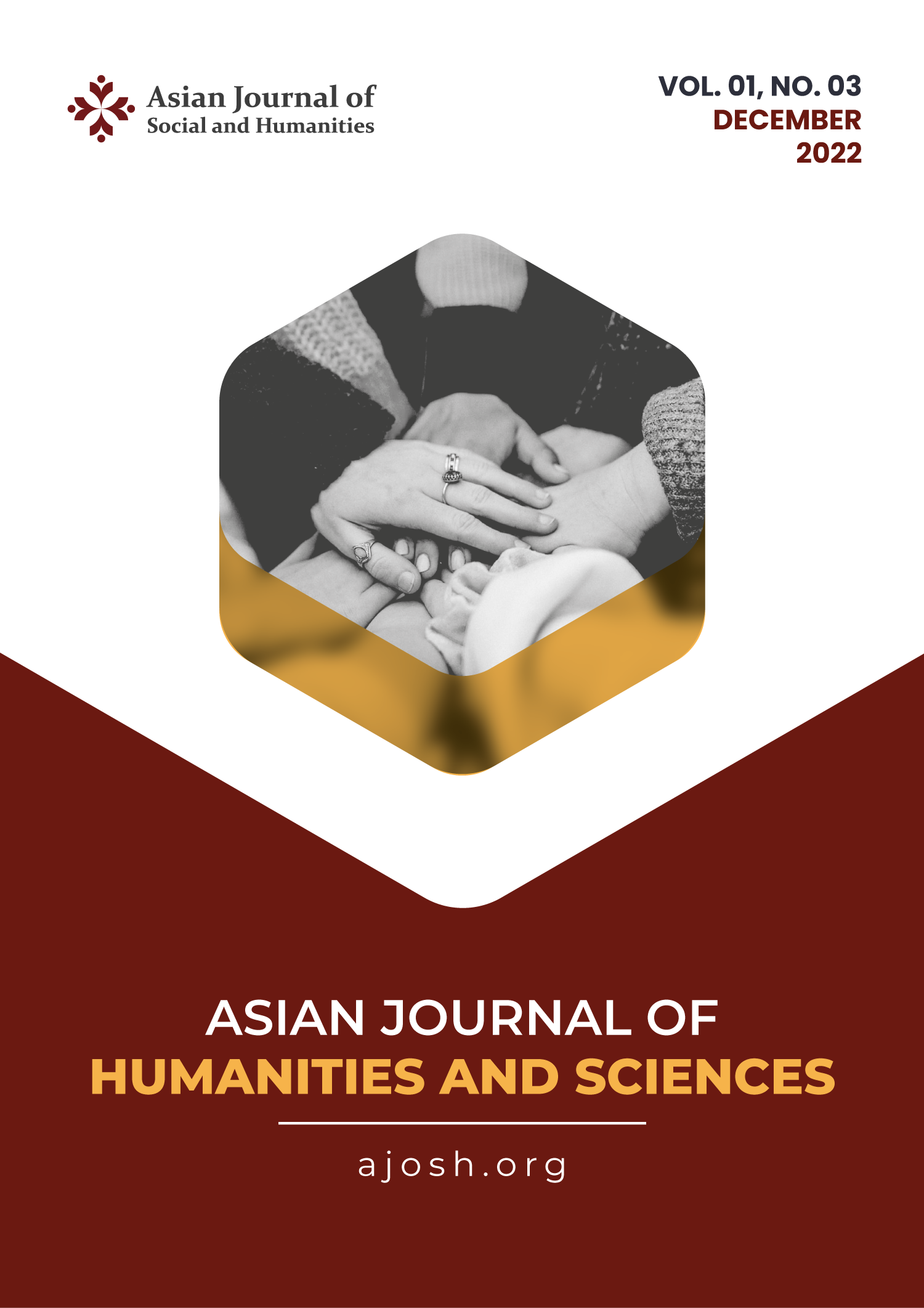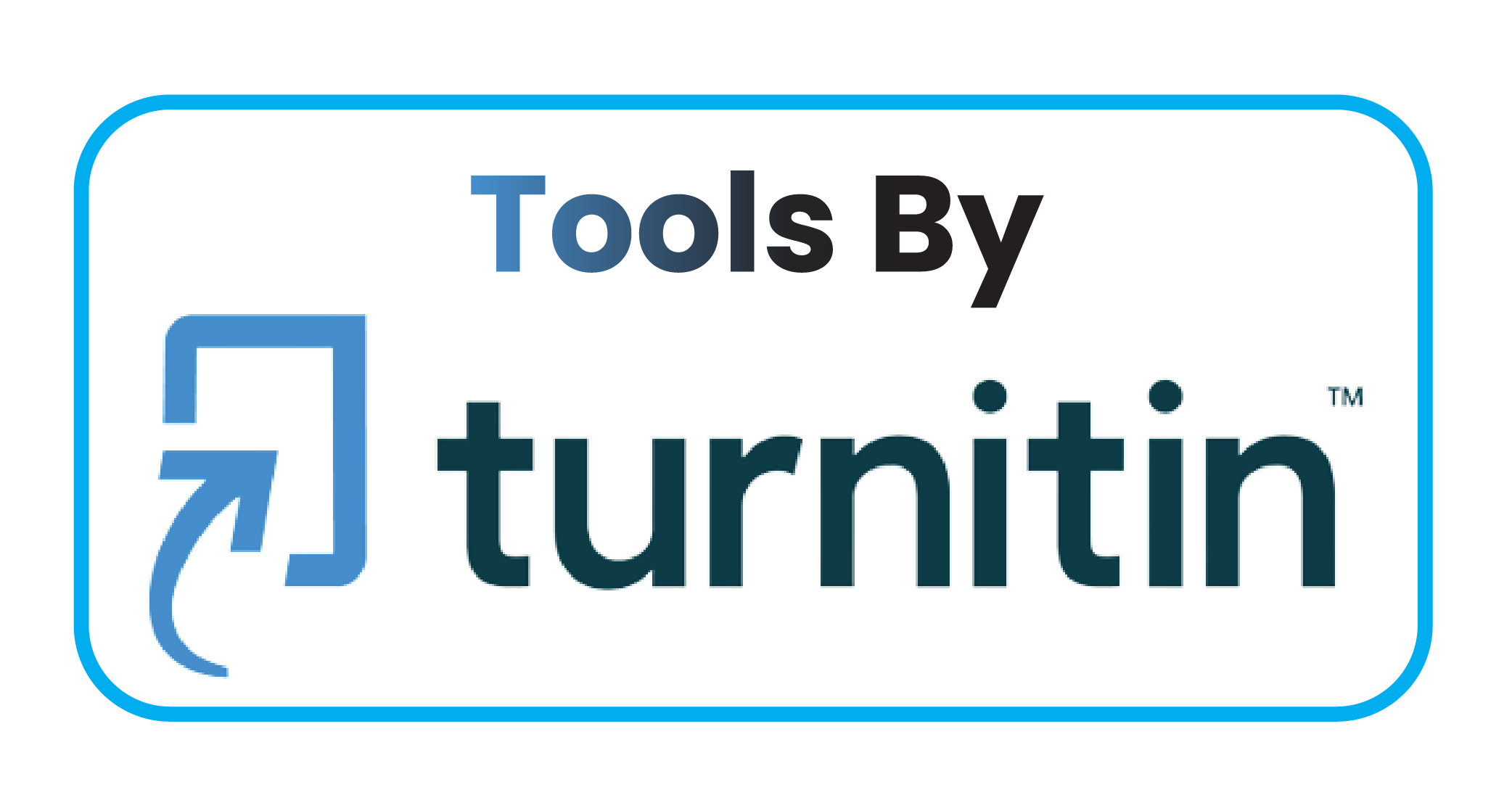The Physiological Changes In The Postpartum Period After Childbirth
DOI:
https://doi.org/10.59888/ajosh.v1i03.19Keywords:
physiological changes, Postpartum, Maternity, PregnancyAbstract
The physiological changes that occur during the puerperium are very clear, where the process of pregnancy goes in reverse. Physiological changes that occur during pregnancy will return to normal during the postpartum period. Pregnancy and childbirth are physical events, so the concept is that during the puerperium the body will recover. This study aims to provide an explanation of the physiological changes during the puerperium after childbirth and to add insight in describing precisely and training the scientific thinking needed to be able to analyze a problem accurately and quickly. This study used the contrast review method, meaning the journal review method by finding differences between several research journals and then drawing conclusions. The results of this study found that there were several physiological changes during the postpartum period including changes in the reproductive system, changes in the endocrine system, changes in vital signs, changes in the cardiovascular system, changes in the blood circulation system, changes in the hematological system, and changes in the respiratory system.
References
Azizah, Nurul, & Rosyidah, Rafhani. (2019). Buku Ajar Mata Kuliah Asuhan Kebidanan Nifas dan Menyusui (1st ed.; Septi Budi Sartika, Ed.). Sidoarjo: UMSIDA Press.
Baston, H., & Hall, J. (2016). Midwifery Essential Postnatal (4th ed.). United Kingdom: Elsevier Inc.
Bennet, V. .., & Brown. (2016). Myles Text Book for Midwifes (12th ed.). London: Churcil Livingstone.
Caroline Pessel, MD, & Ming C. Tsai, MD. (2022). Anatomic & Physiologic Changes during the Puerperium. In Current Health Sciences Journal Diagnosis & Treatment: Obstetrics & Gynecology (1st ed., pp. 1–13). United State Of America: McGraw Hill.
Cunningham. (2012). Obstetri Williams (15th ed.). New York: McGraw Hill Education (Asia) and EGC Medical Publisher.
Cunningham, MacDonald, & Gant. (2015). Obstetri Williams (15th ed.). Jakarta: EGC.
Dewi, & Susmati. (2017). Fisiologi Persalinan Post Partum. Jurnal FK Universitas Muhammadiyah Malang, 1(1), 12–69.
Hanifa. (2012). Ilmu Kebidanan. Jakarta: Yayasan Bina Pustaka Sarwono Prawirohardjo.
McCandlish, R., Bowler, U., Van, A. H., Berridge, G., Winter, C., Sames, L., Garcia, J., & Elbourne, D. (2018). A randomised controlled trial of care of the perineum during second stage of normal labour. British Journal of Obstetrics and Gynaecology, 105(12), 1262–1275.
Mochtar, R. (2018). Sinopsis Obstetri (1st ed.). Jakarta: EGC.
Pusdiknakes. (2013). Asuhan Kebidanan Postpartum (1st ed.). Jakarta: Kementerian Kesehatan RI.
Saifuddin, BA. (2017). Acuan Nasional Pelayanan Kesehatan Maternal & Neonatal. Jakarta: YBP–SP.
Sasmita, Indriyani. (2017). Asuhan Kebidanan pada ibu nifas (1st ed.). Blora: Poltekkes Blora.
Stables, D., & Rankin, J. (2020). Physiology in Childbearing (3rd ed.). Edinberg: Elsevier.
Sweet, Betty P. (2018). Mayes Midwifery A Text Book for Midwifes (8th ed.). London: nglish League Book Society / Bailire Tindal.
Varney, B. (2017). Varney’s Midwifery (3rd ed.). New York.: Jones and Bartlett.
Vesco, KK, Dietz, PM, & Rizzo, J. (2019). Excessive gestational weight gain and postpartum weight retention among obese women. Obstetric and Gynecology, 114(1), 1069.
WHO. (2019). Postpartum care of the mother and newborn: A practical guide: report of a technical working group. (1st ed.). Geneva: Stationery Office Books.
Wiknjosastro, H. (2017). Ilmu Kebidanan. Jakarta: YBP – SP.
Downloads
Published
Issue
Section
License
Copyright (c) 2023 christian martin, Muhammad viky, Rokibullah Rokibullah

This work is licensed under a Creative Commons Attribution-ShareAlike 4.0 International License.
Authors who publish with this journal agree to the following terms:
- Authors retain copyright and grant the journal right of first publication with the work simultaneously licensed under a Creative Commons Attribution-ShareAlike 4.0 International. that allows others to share the work with an acknowledgement of the work's authorship and initial publication in this journal.
- Authors are able to enter into separate, additional contractual arrangements for the non-exclusive distribution of the journal's published version of the work (e.g., post it to an institutional repository or publish it in a book), with an acknowledgement of its initial publication in this journal.
- Authors are permitted and encouraged to post their work online (e.g., in institutional repositories or on their website) prior to and during the submission process, as it can lead to productive exchanges, as well as earlier and greater citation of published work.










